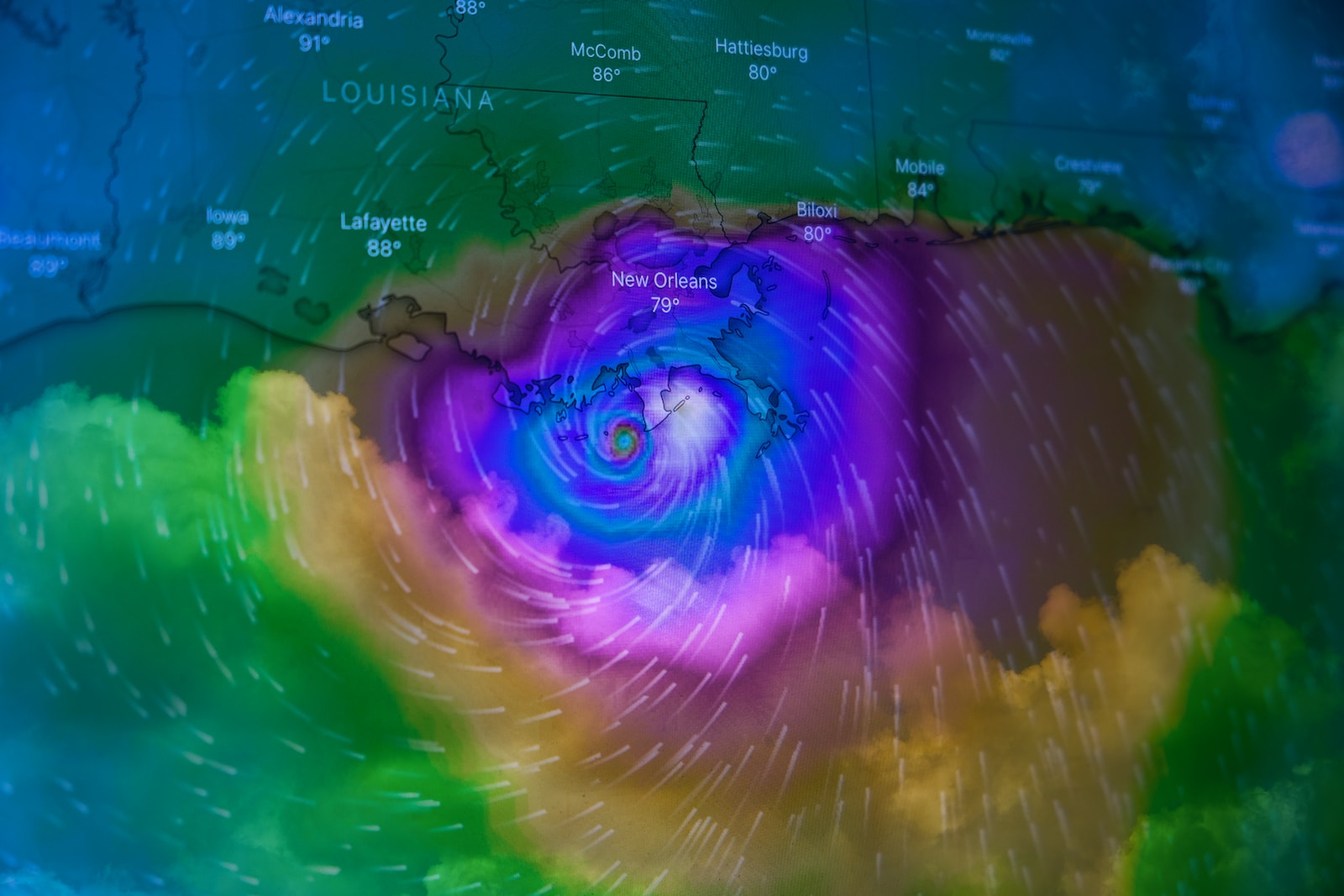Table of Contents
ToggleIntroduction
The Colorado State University (CSU) researchers have recently released their forecast for the 2023 Atlantic hurricane season, predicting above-average activity despite the presence of a robust El Niño. In this article, we will delve into the key findings of their research, explore the factors influencing hurricane activity, and provide practical tips to help you stay prepared. Let’s dive in!
Factors Influencing the 2023 Atlantic Hurricane Season
- El Niño and Atlantic Hurricane Activity
While El Niño typically reduces Atlantic hurricane activity, the current weak El Niño conditions in the tropical Pacific could intensify as the season progresses. El Niño brings stronger upper-level winds, leading to increased wind shear that can tear storms apart. However, the exact strength of El Niño during the season remains uncertain.
- Record Warm Atlantic Sea Surface Temperatures
Sea surface temperatures across the tropical and subtropical Atlantic are at record warm levels. Warmer-than-normal waters provide more fuel for hurricanes, contributing to the enhanced hurricane activity predicted for the season. The extreme warmth observed in the North Atlantic is the primary reason for the above-average seasonal hurricane forecast.
CSU’s Prediction for the 2023 Atlantic Hurricane Season
The CSU Tropical Weather and Climate Research Team predicts the following for the 2023 Atlantic hurricane season:
- Named Storms: A total of 18 named storms, including the five named storms that have already formed.
- Hurricanes: Nine hurricanes, including the five named storms.
- Major Hurricanes: Four major hurricanes with sustained winds of 111 miles per hour or greater.
CSU’s forecast is based on statistical models and combines information from various sources, including historical hurricane seasons and factors such as sea surface temperatures, sea level pressures, vertical wind shear levels, and El Niño.
Practical Tips for Hurricane Preparedness
- Stay Informed: Monitor reliable sources of weather information, including the National Hurricane Center and local authorities. Sign up for emergency alerts and updates to receive timely information.
- Create an Emergency Kit: Prepare a well-stocked emergency kit that includes essential supplies such as food, water, medications, flashlights, batteries, and a first aid kit. Don’t forget to include supplies for your pets.
- Develop an Evacuation Plan: Familiarize yourself with evacuation routes and establish a plan for evacuating if necessary. Identify safe shelters in your area.
- Secure Your Property: Trim trees and secure loose objects that could become projectiles in strong winds. Reinforce doors and windows, and consider installing hurricane shutters or plywood for added protection.
- Review Insurance Coverage: Ensure your homeowners or renters insurance adequately covers potential hurricane damage. Consider flood insurance if you live in a high-risk area.
Conclusion
The CSU researchers’ prediction of an active 2023 Atlantic hurricane season serves as a reminder to stay prepared and informed. Understanding the factors influencing hurricane activity and following practical tips for hurricane preparedness can help safeguard your safety and property. Stay vigilant, stay safe, and stay informed throughout the hurricane season.
Remember, it only takes one storm to make a significant impact. Be proactive, be prepared, and be resilient.








1 thought on “CSU Researchers Predict Active 2023 Atlantic Hurricane Season: What You Need to Know”
Pingback: Virginia Farmers Should Prepare Now for Peak of Atlantic Hurricane Season - Sustainability Awakening